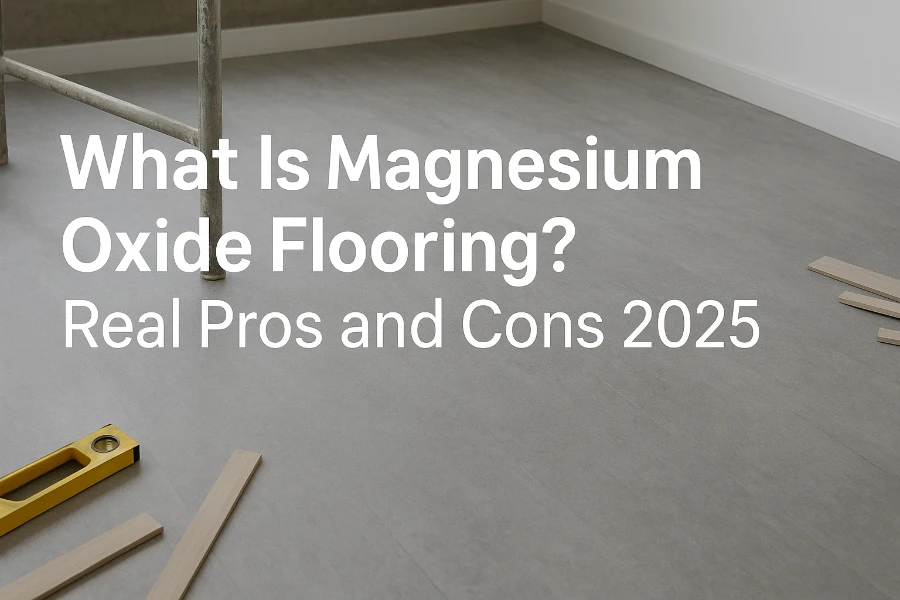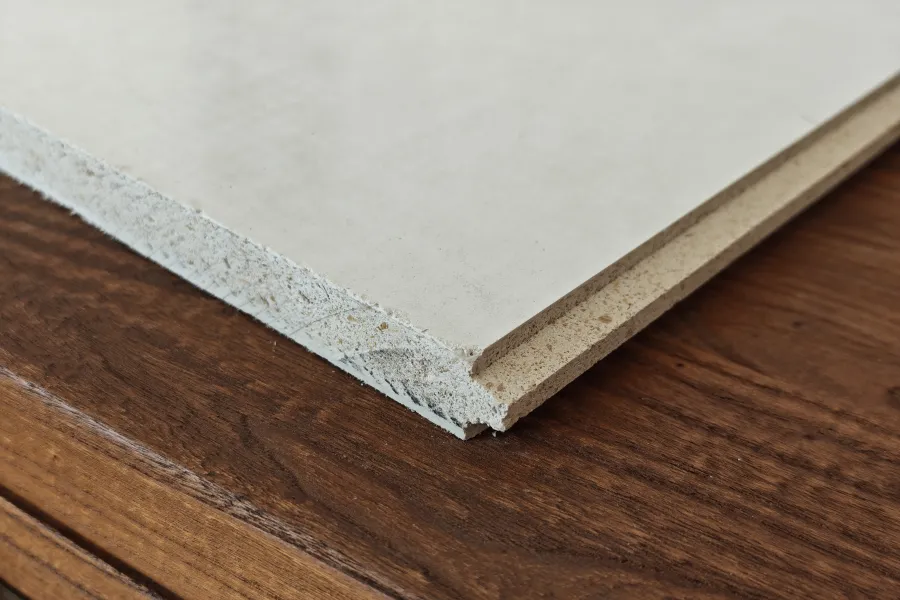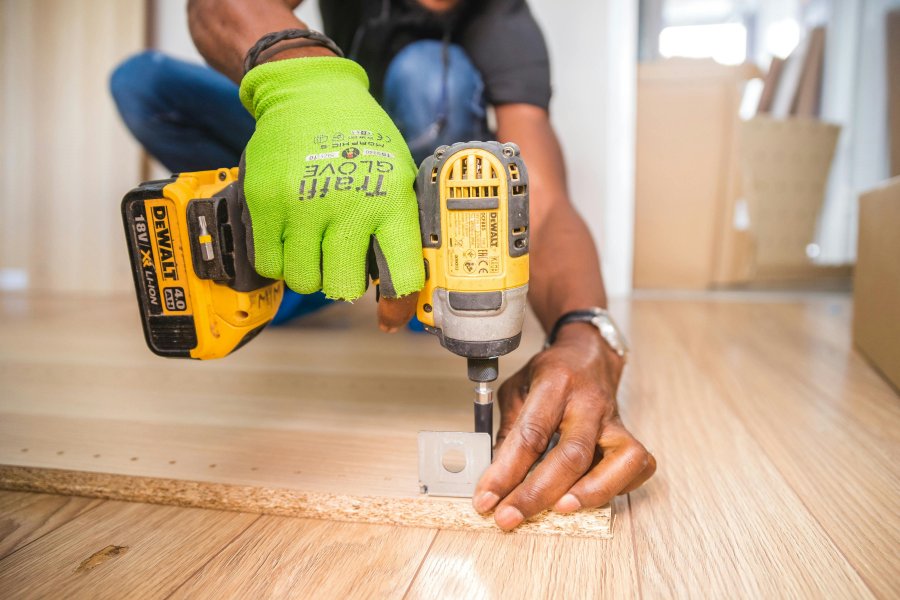Table of Contents
Introduction
Magnesium Oxide (MgO) Flooring has emerged as a popular choice in modern construction due to its unique combination of durability, safety, and environmental benefits. Unlike traditional flooring materials, such as wood or cement boards, magnesium oxide boards are made from a mixture of magnesium oxide, magnesium chloride, and other reinforcing agents. This composition gives the flooring its notable fire-resistant and moisture-proof properties, making it particularly suitable for areas where safety and longevity are critical.
In recent years, the demand for magnesium oxide flooring has increased across residential, commercial, and industrial projects. Builders and architects are recognizing its ability to withstand harsh conditions, resist mold growth, and provide a stable, long-lasting surface. For anyone considering a flooring solution that balances performance with safety, understanding the pros and cons of magnesium oxide flooring is essential.
What Is Magnesium Oxide Flooring?
Magnesium oxide flooring is a type of construction material designed to provide a durable, fire-resistant, and moisture-proof surface. It is made primarily from magnesium oxide (MgO) combined with magnesium chloride and other reinforcing components like fiberglass mesh or perlite. This combination results in a strong, lightweight board that can be used for floors, walls, and ceilings in various building projects.
Composition and Core Materials
The core of magnesium oxide flooring consists of magnesium oxide powder, which reacts with magnesium chloride to form a solid, rigid structure. Reinforcements like fiberglass mesh or non-woven fabric are often added to improve tensile strength and prevent cracking. Additional additives, such as perlite or sawdust, can enhance thermal insulation and reduce weight, making installation easier.
How It Differs from Traditional Flooring
Compared to traditional flooring options like wood and laminate boards, mgo flooring offers several advantages. It is highly fire-resistant, does not warp or rot from moisture exposure, and is resistant to mold and mildew. These properties make it especially valuable in areas prone to high humidity or fire risk. Unlike concrete or cement boards, it is lighter, which reduces structural load on buildings.
Common Applications in Construction
Magnesium oxide flooring is versatile and can be used in residential homes, commercial buildings, and industrial facilities. Common applications include subflooring, raised floors, and protective layering in kitchens, bathrooms, and other areas where moisture and fire safety are concerns. Its eco-friendly composition also makes it a popular choice for green building projects, as it emits no harmful gases during installation or use.
Pros of Magnesium Oxide Flooring
Magnesium oxide flooring offers several significant advantages that make it a preferred choice for modern construction. From fire resistance to environmental benefits, these boards provide long-term value that often outweighs the initial investment.
Excellent Fire Resistance
One of the most notable benefits of magnesium oxide flooring is its exceptional fire resistance. MgO boards do not ignite or release toxic fumes when exposed to flames, providing a safer environment for both residential and commercial spaces. This makes mgo flooring particularly suitable for kitchens, industrial facilities, and high-rise buildings where fire safety is a critical concern.
Superior Moisture and Mold Protection
Unlike traditional wood floors, magnesium oxide flooring is highly resistant to moisture. It absorbs minimal water, preventing swelling, warping, or mold growth. This property makes it an excellent choice for bathrooms, basements, and areas with high humidity, ensuring longevity and reducing maintenance costs over time.
Strength and Durability
Magnesium oxide flooring is known for its impressive mechanical strength. The combination of MgO and reinforcing materials provides a rigid yet lightweight structure that withstands heavy loads and frequent foot traffic. Its durability reduces the need for frequent replacements, making it a cost-effective solution in the long term.
Eco-Friendly and Non-Toxic
Made from natural minerals, magnesium oxide boards are environmentally friendly and safe for indoor use. They release no harmful chemicals, contributing to better indoor air quality. Builders seeking sustainable flooring options often prefer mgo flooring for its low environmental impact and non-toxic composition.
Versatility in Design and Use
Magnesium oxide flooring is versatile and can be used in various construction scenarios. It supports a range of finishes, including tiles, laminates, and carpets, allowing designers to create both functional and aesthetically pleasing spaces. Its lightweight nature also simplifies installation, saving time and labor costs.

Cons of Magnesium Oxide Flooring
While magnesium oxide flooring has many advantages, it is important to consider its limitations before making a decision. Understanding these cons helps builders and homeowners make an informed choice.
Higher Initial Cost Compared to Alternatives
Magnesium oxide flooring generally comes with a higher upfront cost than traditional materials. Although it offers long-term durability and safety benefits, the initial investment may be a concern for budget-conscious projects.
Limited Awareness in Some Markets
In certain regions, mgo flooring is still relatively new and not widely recognized. This can make sourcing high-quality boards and experienced installers more challenging compared to more conventional flooring options.
Potential Installation Challenges
Proper installation is crucial to maximize the benefits of magnesium oxide flooring. If not installed correctly, issues such as board cracking or uneven surfaces can occur. Therefore, hiring skilled professionals familiar with MgO boards is recommended.
Availability of Quality Products
Not all magnesium oxide flooring products are created equal. Variations in composition and manufacturing processes can affect performance. Buyers need to carefully verify product specifications and certifications to ensure they receive boards that meet safety and durability standards.
Comparison with Other Flooring Options
Understanding how magnesium oxide flooring stacks up against other popular flooring materials can help you make a more informed choice. Each material has its own strengths and weaknesses, and MgO boards often provide a balanced combination of safety, durability, and versatility.
Magnesium Oxide vs. Gypsum-Based Boards
Gypsum boards are commonly used for floors and walls, but they lack the fire resistance and moisture protection that magnesium oxide flooring provides. Gypsum is prone to swelling and deterioration in humid conditions, while MgO boards remain stable and resistant to mold. For areas where safety and longevity are priorities, mgo flooring is often the superior option.
Magnesium Oxide vs. Cement Boards
Cement boards offer durability and water resistance, but they are heavier and more difficult to cut or install. Magnesium oxide flooring, on the other hand, is lighter and easier to work with, while still providing comparable strength and fire resistance. This makes MgO boards a practical choice for both professional contractors and DIY projects.
Magnesium Oxide vs. Wood and Laminate Flooring
Wood and laminate floors are aesthetically appealing and widely available, but they are vulnerable to moisture, fire, and scratches. Magnesium oxide flooring combines durability and safety with flexibility for different finishes, making it ideal for high-traffic or high-risk areas. While wood offers natural warmth, MgO boards provide unmatched resilience and long-term value.
Is Magnesium Oxide Flooring Right for You?
Choosing the right flooring material depends on your specific project requirements, budget, and priorities. Magnesium oxide flooring can be an excellent choice for many situations, but it’s important to consider its characteristics carefully.
Residential Use
For homeowners, magnesium oxide flooring offers safety and durability, making it ideal for kitchens, bathrooms, basements, and areas with heavy foot traffic. Its fire-resistant and moisture-proof properties provide peace of mind, while its versatility allows for various finishes that match interior designs.
Commercial and Industrial Applications
In commercial buildings, offices, and industrial facilities, magnesium oxide flooring is valued for its strength and resistance to wear. Areas that require strict fire safety standards, such as restaurants, laboratories, or warehouses, benefit greatly from MgO boards. The long-lasting nature of the material also reduces maintenance costs over time.
Budget and Project Considerations
While the initial cost of magnesium oxide flooring may be higher than some alternatives, its longevity, low maintenance, and safety features often justify the investment. For projects where durability, fire resistance, and moisture protection are critical, MgO flooring can be more cost-effective in the long run.
Ultimately, magnesium oxide flooring is a versatile and reliable option for anyone prioritizing safety, durability, and environmental friendliness. By understanding both its benefits and limitations, you can determine whether it aligns with your project goals and budget.
Conclusion
Magnesium oxide flooring is a modern, versatile, and safe flooring solution that offers numerous benefits. Its exceptional fire resistance, moisture-proof properties, and long-lasting durability make it a strong contender for residential, commercial, and industrial projects. While the initial cost may be higher and installation requires skilled professionals, the long-term advantages often outweigh these drawbacks.
By comparing magnesium oxide flooring with traditional options like gypsum boards, cement boards, and wood, it becomes clear that MgO boards provide a balanced combination of safety, strength, and versatility. Whether you are a homeowner looking to protect your living space or a builder aiming for durable, high-performance flooring, mgo flooring can meet diverse needs.
If you want to explore the best magnesium oxide flooring solutions for your project, contact our experts today. Our team can help you choose the right product, provide installation guidance, and ensure that your flooring performs safely and efficiently for years to come.
Discover why MgO flooring offers unmatched fire resistance, durability, and moisture protection. Learn how it outperforms traditional materials.
Installing magnesium oxide (MgO) boards on a joist structure is a reliable method to



